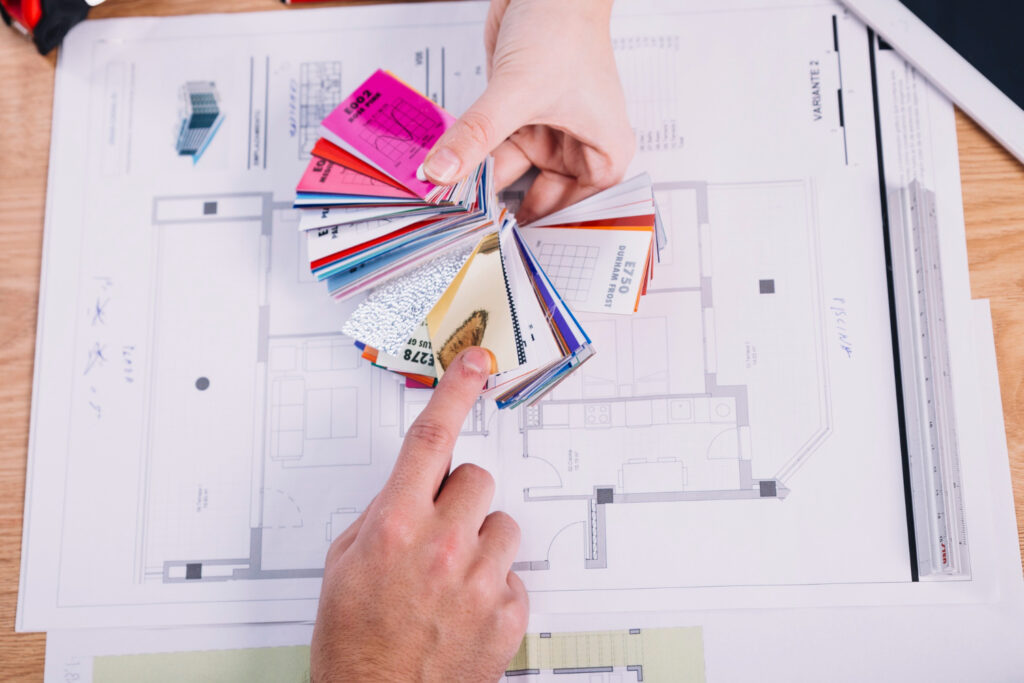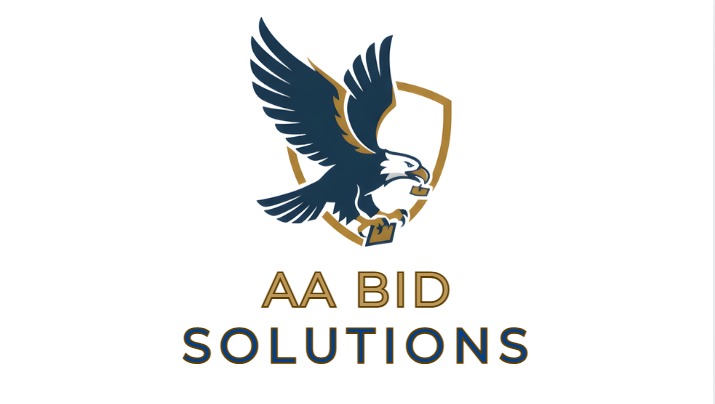Paint Estimating
Home / Paint Estimating
Paint Estimating

Paint Estimating: Accuracy in Every Detail
Paint estimating plays a vital role in both residential and commercial projects. Accurate estimates ensure the right amount of paint, labor, and materials are planned, preventing costly waste and unexpected shortages.
Understanding Paint Estimating
Paint estimating involves calculating the materials, labor, and time required to complete a painting project. From wall coverage to finishing details, it provides a clear breakdown that supports proper budgeting and scheduling.
Why it matters: Proper paint estimates reduce overspending, ensure timely completion, and maintain quality standards for a flawless finish.
Key Components of Paint Estimating
Surface Area Calculations: Measuring walls, ceilings, and other surfaces for accurate coverage
Material Costs: Paint, primers, finishes, and supplies
Labor Requirements: Skilled workforce hours needed for preparation and application
Equipment Needs: Tools such as sprayers, rollers, and scaffolding
Quality Standards: Ensuring durability and professional-grade results
Steps in the Paint Estimating Process
Review Project Plans – Assess drawings or on-site conditions
Measure Areas – Calculate square footage of surfaces to be painted
Determine Materials & Labor – Apply coverage rates and labor productivity standards
Apply Pricing – Use market rates for paint, supplies, and labor
Finalize & Verify – Double-check calculations for accuracy and efficiency
Why Accurate Paint Estimating Matters
Professional paint estimates ensure:
Cost Control: Prevents overspending on paint and materials
Efficiency: Ensures projects stay on schedule without material shortages
Quality Assurance: Guarantees the right resources for a smooth, lasting finish

